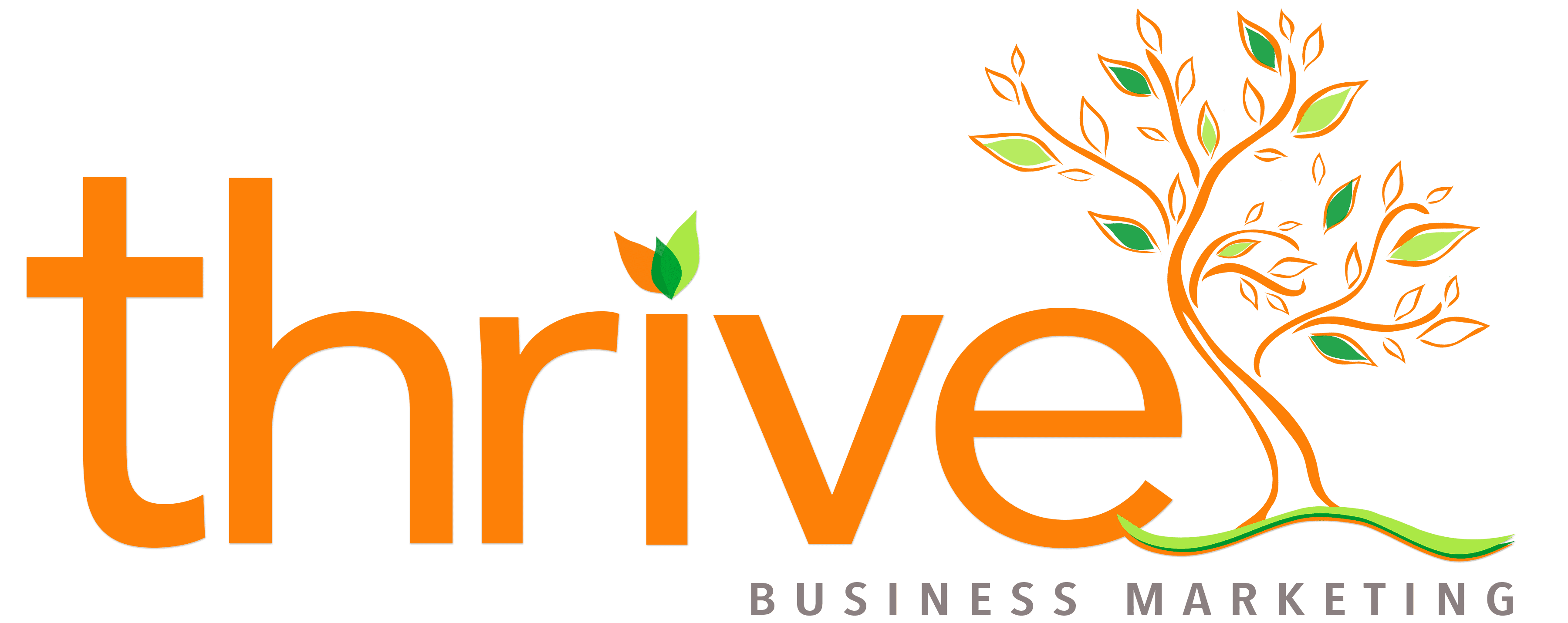
According to Google’s annual report, the company removed 2.7 billion so-called bad ads last year for violating ad policies.
This number is up from 2.3 billion bad ads that Google reported taking down in 2018. The amount of ad accounts that were terminated by the company stayed fairly float form the year before at about one million.
It was noted that Google terminated the accounts of over 1.2 million publishers and removed ads from over 21 million web pages across its publisher network dye to policy violations.
Generally, Google highlights areas of focus in its yearly bad ads reports. Last year, it said that it saw and increase in phishing attempts that targeted people looking to renew their passports. “These ads mimicked real ads for renewal sites but their actual intent was to get users to provide sensitive information such as their social security or credit card number.”
Google even cracked down on “trick-to-click” ads designed to appear as phone or computer system warnings as well as an increase in the number of personal loan ads that contain misleading information on lending terms. Google’s ad policy was update to require loan-related advertisers to state all fees, risks and benefits on their site or app.
There is a dedicated team that has developed new detection technology and beefed up existing enforcement systems in order to address an increase in malicious activity by bad actors during the COVID-19 pandemic. Ads for face masks were banned globally in March due to a flood of misleading ads.
“We’ve blocked and removed tens of millions of coronavirus-related ads over the past few months, for policy violations including price-gouging, capitalizing on global medical supply shortages, making misleading claims about cures and promoting illegitimate unemployment benefits,” wrote Scott Spencer, Google vice president of ads privacy and safety.
The company says that it’s working on allowing advertisers to share relevant information about COVID-19. As an example, it enabled PSAs from health organizations, governments and NGOs about relief funds and resources for small businesses.

